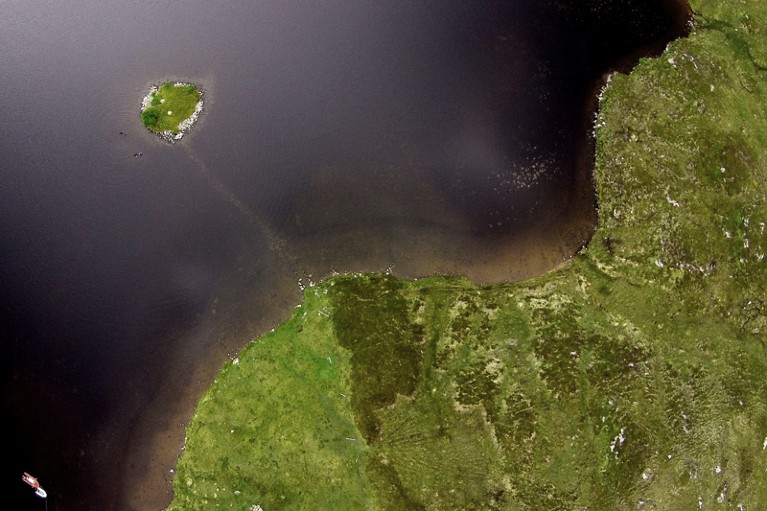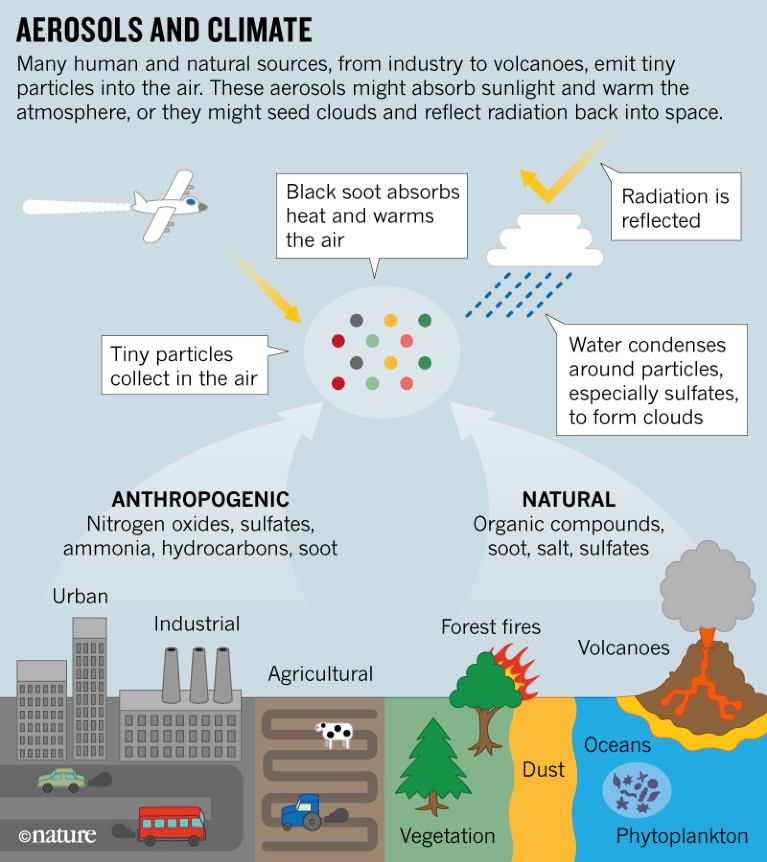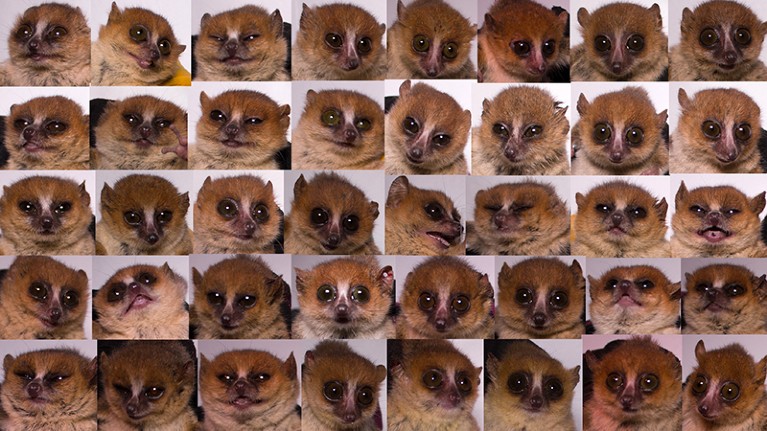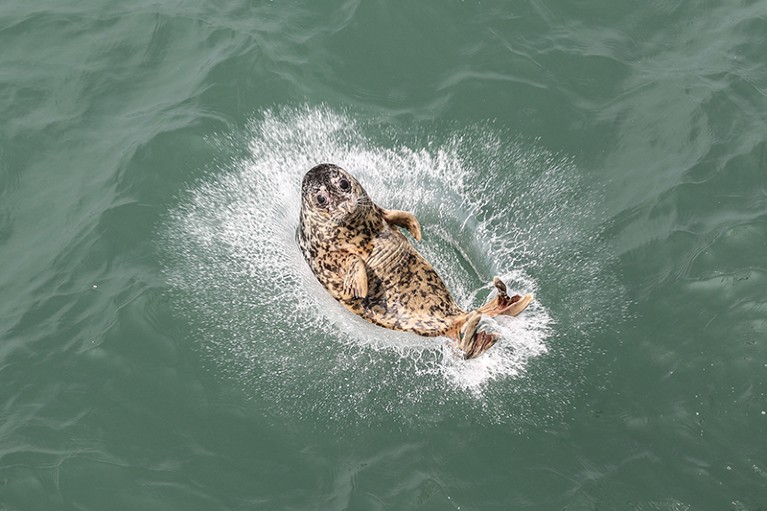Hello Nature readers, would you like to get this Briefing in your inbox free every day? Sign up here.

Prehistoric farmers toiling in about 3500 BC erected an island roughly the size of a basketball court, as well as a causeway, in Scotland’s Loch Bhorgastail.Credit: J. Benjamin/Flinders Univ.
Farmers built this island over 5,000 years ago
Prehistoric farmers toiling in about 3500 BC erected an island roughly the size of a basketball court, together with a causeway, both pictured above, in Scotland’s Loch Bhorgastail. Lakes and inlets in Scotland and Ireland are dotted with hundreds of these purpose-built islets, called crannogs, which scientists had long thought were erected after 800 BC. Now artefacts found at four crannogs in the Outer Hebrides show they are much older.
Nature Research Highlights | 4 min read
Get more of Nature’s Research Highlights: short picks from the latest papers.
China announces hefty fines for unauthorized collection of DNA
A new law will restrict the collection and use of genetic resources from people in China — including biological samples that yield DNA, such as blood, as well as the data gleaned from sequencing them. The law formalizes restrictions put in place in 1998 after an international pharmaceutical company controversially collected blood from thousands of Chinese people for genetic research. Will the new law present an obstacle to international research? That all depends on how it is enforced, say experts.
NIH needs big changes to fight harassment
The US National Institutes of Health (NIH) should make sweeping changes to the ways it funds research as part of its efforts to reduce sexual harassment in science, says an advisory group. Many of the NIH working group’s recommendations seek to address the power differential between senior scientists and more junior researchers, including graduate students. Agency director Francis Collins said he welcomed the boldness of the recommendations, although some are already proving controversial.
Faecal transplant linked to patient’s death
The US Food and Drug Administration (FDA) says that two people have contracted severe infections — one of them fatal — from faecal transplants that contained drug-resistant bacteria. The two cases involved faecal matter from the same donor, as well as patients with compromised immune systems. The FDA will halt several clinical trials until the researchers leading them confirm that they have screening measures in place.
The New York Times | 3 min read
FEATURES & OPINION
WHO health handbook shouldn’t flirt with TCM
The latest edition of the World Health Organization’s diagnostic handbook, the International Classification of Diseases, is the first to include a chapter on traditional Chinese medicine (TCM). Traditional medicine should certainly not be dismissed — sometimes it is all that’s available, and many life-saving therapies have come from natural products, argues a Nature editorial. Even so, the article says, the WHO chapter risks legitimizing an unscientific approach and is unlikely to do anything other than fuel the expanding sales of largely unproven treatments.
How to clear the fog around aerosols
Greenhouse gases are the main culprits in the rapid warming of our planet, but particles in the air also play a part. Soot, dust, sulfate and other aerosols can both cool the atmosphere and warm it, and they remain one of the greatest sources of uncertainty in climate change predictions. Atmospheric scientist Joyce Penner calls for a coordinated campaign of observations and modelling. Penner also spoke to the Nature Podcast about the challenges of understanding aerosols’ effects.
Nature Podcast | 24 min listen
Subscribe to the Nature Podcast on iTunes or Google Podcasts.

Adapted from https://go.nature.com/2whhzh2
BOOKS & ARTS
An ode to carbon
“Once we accept that the carbon cycle involves rocks as well as water, air and living things, we vastly extend its time dimension,” writes geoscience writer Ted Nield in his review of a new book by Robert Hazen. Hazen heads the Deep Carbon Observatory, a ten-year global, multidisciplinary research project into all aspects of Earth’s carbon budget, and his book is a timely deep dive into the many aspects of the sixth element.
INFOGRAPHIC OF THE WEEK

These mouse lemur mugshots help scientists to track some physical traits, but also reflect the animals’ unique personalities.Credit: Jozeph L Pendleton, Caitlin Karanewsky & Mark Krasnow
SCIENTIFIC LIFE
India aims to break science’s language barrier
Science communicators across India are focused on a labour of love: sharing discoveries with the 88% of the country’s 1.3 billion citizens who don’t speak or write in English. They are producing articles, podcasts and talks in some of the nation’s 21 other official languages, including Hindi, Marathi, Kannada and Tamil. One challenge: devising a lexicon of scientific terms that maintains the cadences and sentence structure specific to each language.
“Share your struggles: you’re not alone”
“Take care of yourself first and foremost,” says psychologist Mariam Aly, who shares her own experience with mental health challenges during graduate school. “The irony is not lost on me,” she writes: “Despite studying psychology and being very aware of what maladaptive thought patterns and habits can do to people, I let maladaptive thought patterns and habits nearly kill me.”
Stories in Science | 7 min read
IMAGE OF THE WEEK

Credit: Xinhua/eyevine
A spotted seal is returned to the sea off the coast of Dalian in China’s Liaoning Province in the country’s northeast. In February, authorities discovered that 100 of the protected animals had been abducted by poachers. This lucky seal was among the 61 survivors that were nursed back to health before being released into their natural habitat.
See more of our picture editors’ picks for best science photos of the month.
